At indiaimagine, you have read about the Mayan Civilisation and their ancient structures built everywhere. Similarly, the Inca tribe is also quite famous for its prehistoric developments and architecture. Talking about the pre-Columbian sites they also left imprints on history buffs. In Bolivia, you can see a great blend of culture and archaeology at Fuerte de Samaipata. Located in the Andes mountains, this ancient Columbian site has given adventure souls, history and archaeology lovers a great site to admire and explore.
Let’s explore the archaeological site of Fuerte de Samaipata in depth and learn why it is on the list of UNESCO World Heritage sites.
A Quick Insight of Fuerte de Samaipata
El Fuerte de Samaipata, also known as Fort Samaipata, is a Pre-Columbian archaeological site. This UNESCO World Heritage Site is located in the Florida Province and Santa Cruz Department in the eastern foothills of the Bolivian Andes. El Fuerte’s archaeological site is remarkable date back from the Formative Period (2000 B.C. – 400 A.D.) and contains evidence of three separate cultures that are hanè, Inca and Spanish. The neighbouring town of Samaipata provides coverage.
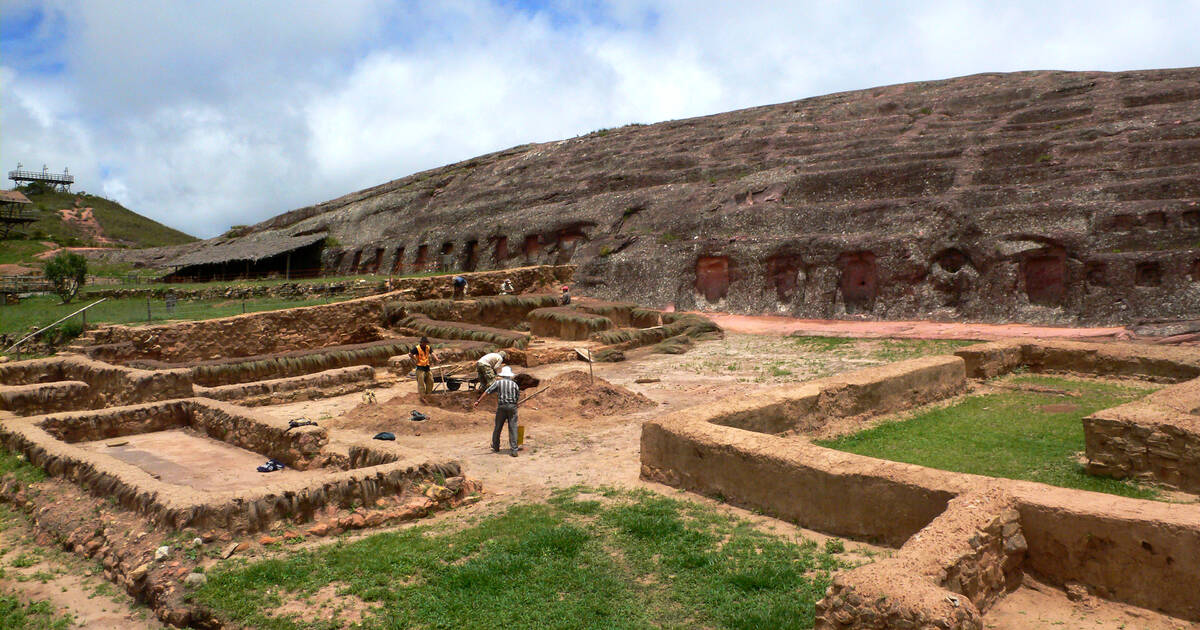
El Fuerte de Samaipata is a large-scale religious symbolism rock art created by prehistoric people. The pre-Inca Chane people built the place for performing religious rites. They have carved many zoomorphic and geometric motifs into the sandstone surfaces.
Things to Observe at Fuerte de Samaipata
El Fuerte de Samaipata get recognition when it was inscribed as UNESCO World Heritage Site in 1998. Later it has become a popular tourist attraction. The archaeological site of Fuerte de Samaipata consists of a ceremonial carving on a rock. The natural sandstone hill is totally sculpted with felines, snakes, birds and geometrical designs with a magical and holy theme.
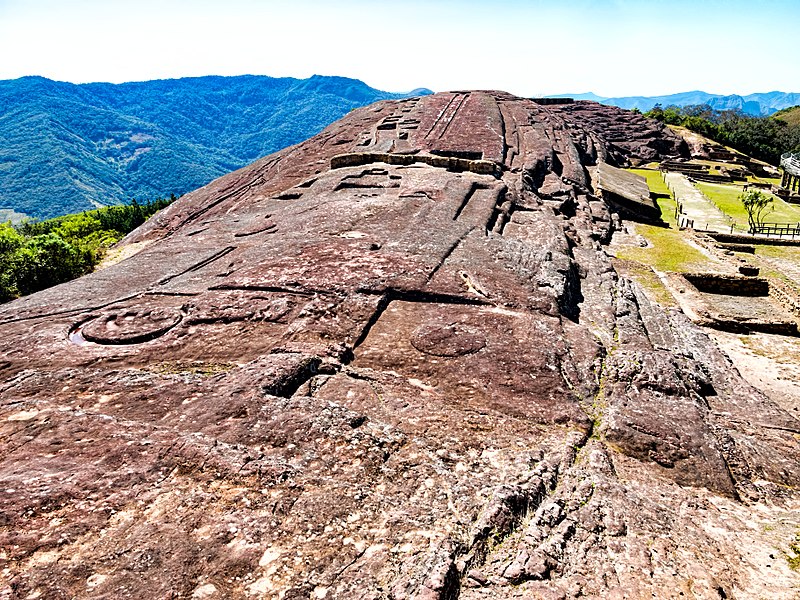
Nearby, ruins of an Inca city from the 15th century can be found as well as remnants of Arab-Andalusian architecture from a Spanish settlement. The Spanish subsequently left the location and founded the modern-day town of Samaipata in the surrounding valley.
Also Read: Jesuit Missions of the Chiquitos – The Living Heritage of Bolivia
History of Fuerte de Samaipata
The Inca and the Spanish both knew and used the site because of its strategic location, hence the name “El Fuerte”. Various theories concerning the site’s purpose have been proposed, ranging from a location to wash gold to a take-off and landing ramp for ancient spacecraft. The location was known and visited by scholars and travellers in the 18th century and it was later designated as a national monument by Supreme Decree in 1951, under the National Monuments Act.
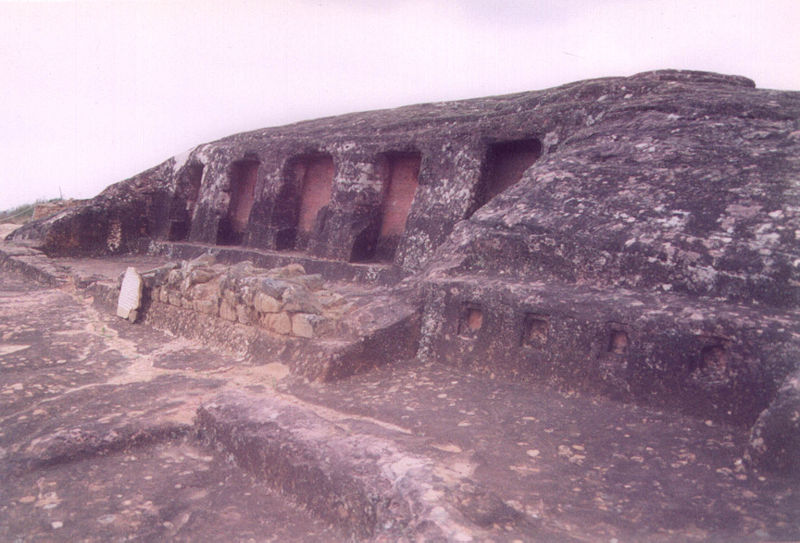
A former Inca provincial capital with a central plaza, public buildings, homes and agricultural terraces may be found beneath it. The Inca gave the site its majestic view between the 14th and 16th centuries, though it had previously been used by other tribes.
Significance of this Bolivian Heritage Site
The archaeological site of El Fuerte de Samaipata indicates the existence of the amazing development of pre-Columbian societies in the Andes-Amazon region. It showcases the ceremonial and religious heritage that is symbolised graphically by the huge carved stone.
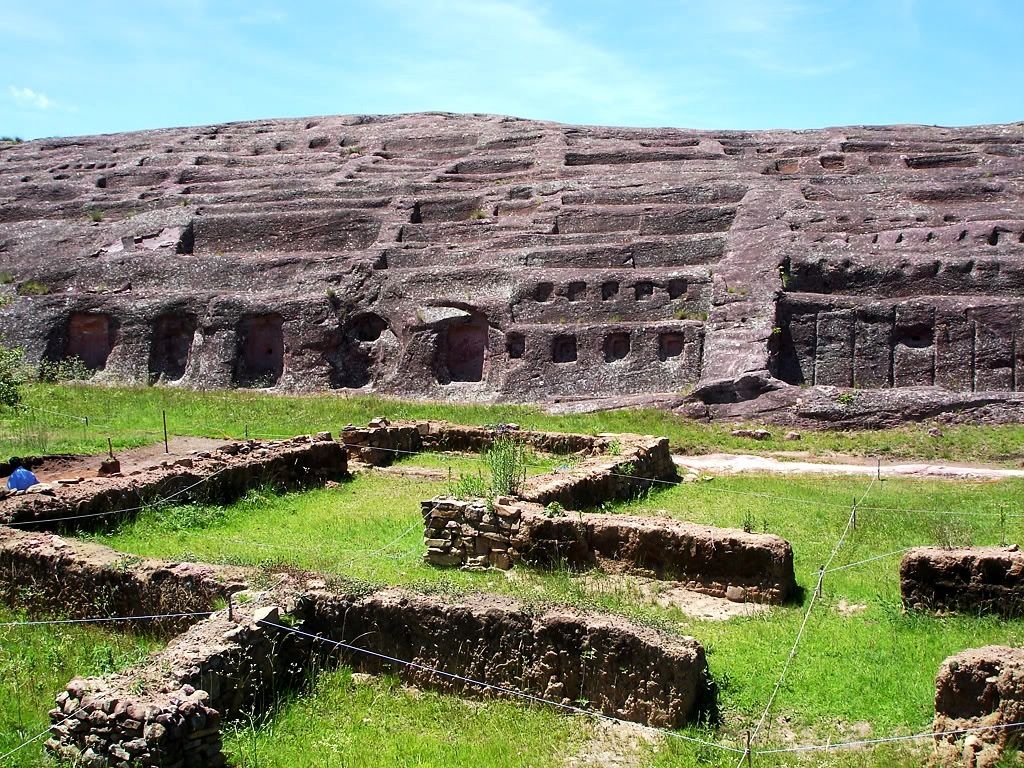
The sculpted rock at Samaipata is the most prominent ceremonial feature of a city that represents the pinnacle of this pre-Hispanic religious and political centre. The existence of culture with highly developed religious traditions in this Andean region is shown strikingly in the shape of enormous rock sculptures at Samaipata.
Also Read: Bom Jesus Do Congonhas – An Unbelievable Sanctuary In Brazil
Management Concerns of Fuerte de Samaipata
The landowner donated this archaeological site to the state in 1997. The entire region is designated as an eco-archaeological park by the Municipality of Samaipata. Following that, the Bolivian government implemented legislation at the national, departmental and local levels. They have set the goal of preserving, protecting and safeguarding El Fuerte de Samaipata.
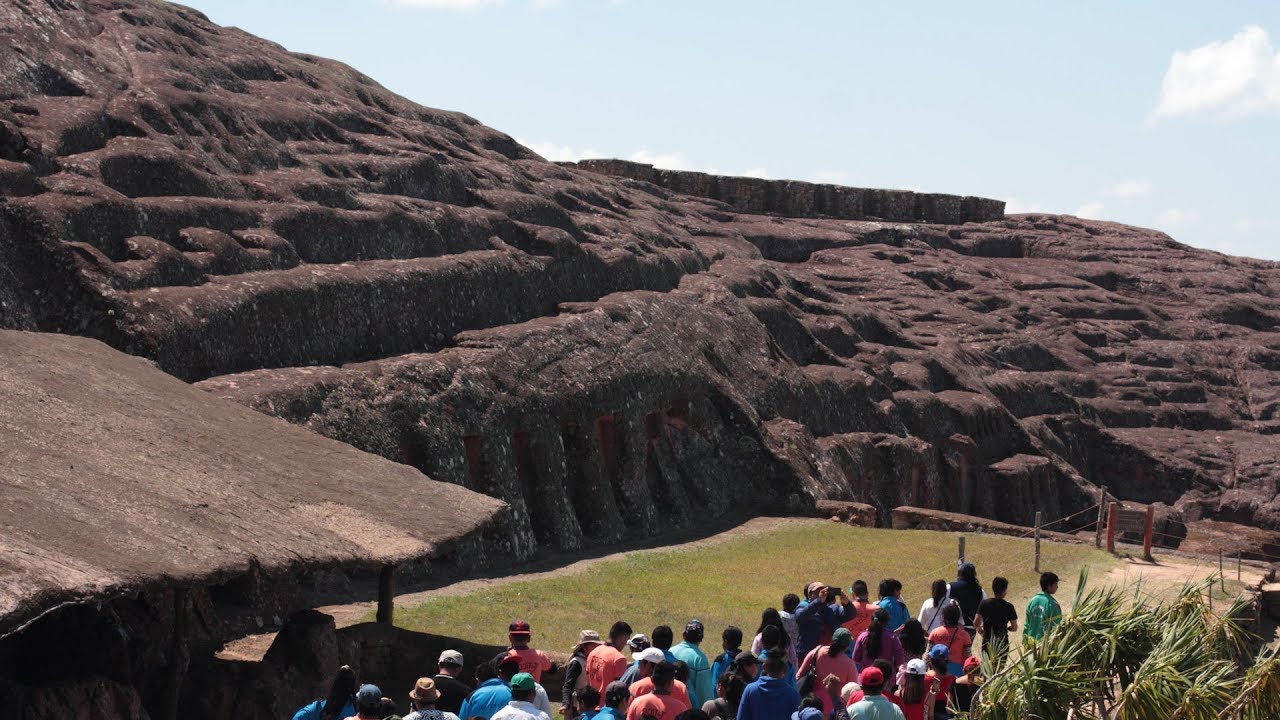
The property’s management plan primarily consists of defining the visitor-controlled circuit as well as the technical specification of the rock treatments. The acts of conservation and protection of the site, highlighting maintenance and the study of the rock composition, have been included in the Development Plans of the Secretariat of Culture, through the DIINAR and the CIAAS, the Municipal Government of Samaipata and the Prefecture of the Department of Santa Cruz.
Current Status of Heritage Site
The inner section has been fenced off to prevent further damage caused by people treading on the symbols carved into the rock and erosion caused by water. The majority of it, though, can still be seen. The ruins’ physical degeneration is also a constant issue, owing to shifting environmental conditions and a surge of biological growth on their sandstone surface. The site was included in the 2012 World Monuments Watch in order to bring attention to its plight and encourage positive change.
Events to attend at heritage site – It hosts El Lucero del Alba, an international event that celebrates Bolivians’ diversity and coexistence, including the Aymara, Quechua, Guarani and others, every June.
Many providers run buses from nearby Samaipata to the location, making it easy to get there. There is a nominal fee to enter. Stonewatch, non-profit society and academy dedicated to the conservation and recording of rock art, is in charge of the site.
Also Read: Plantin Moretus Museum – An Ancient Printing Heritage of Belgium

